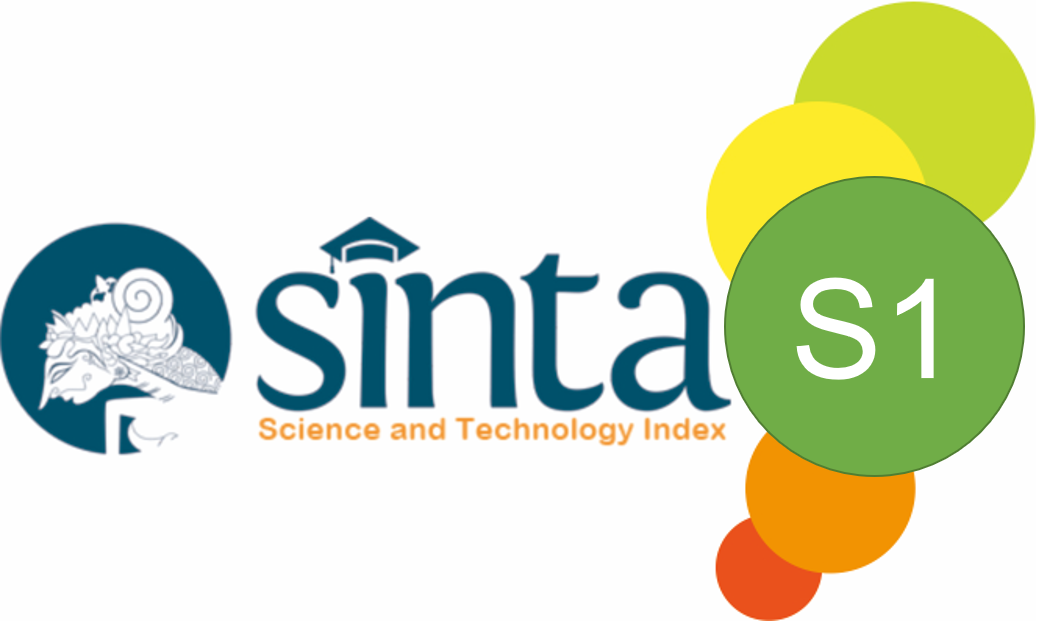Synthesis and Investigation of Dithiocarbamate Derivatives as Polyfunctional Ingredients in Rubber Compounds
Abstract
Keywords
Full Text:
PDFReferences
Helberg, J., and Pratt, D. A. (2021). Autoxidation vs. antioxidants–the fight for forever. Chemical Society Reviews, 50(13), 7343-7358.
Abirov, R. Zh., Ivakhnenko, O. P., and Eremin, N. A. (2016). Polymer flooding technology investigation in reservoir conditions of the N-Field. Herald of the Kazach-British Technical University, 13(4(39)). 7-10.
Deng, C., Huang, J., Qi, Y., Chen, D., and Huang, W. (2022). Distribution patterns of rubber tire-related chemicals with particle size in road and indoor parking lot dust. Science of The Total Environment, 844, 157144.
Shilov, I. B., Shirokova, E. S., and Voronchikhin, V. D. (2024). Reaction of o-phenylenediamine with epichlorohydrin and evaluation of the product as a rubber antiaging agent. News of higher educational institutions. The Series "Chemistry and Chemical Technology”, 67(1), 97-103.
Garaeva, G. R., Gladkikh, S. N., and Belinskii, M. A. (2017). One-package epoxy adhesive materials with high heat resistance. Polymer Science, Series D, 10(1), 40-44.
Sidorov, O. I., Pil’chenko, V. A., Sidorova, N. I., Bochkova, T. V., Elizarov, V. I., and Bodrikhin, E. V. (2021). Investigation of the Rheokinetics of Curing and Properties of an Epoxyurethane Thermal-Protective Coating. Polymer Science, Series D, 14, 588-593.
Liu, R., and Mabury, S. A. (2020). Synthetic phenolic antioxidants: A review of environmental occurrence, fate, human exposure, and toxicity. Environmental science and technology, 54(19), 11706-11719.
Cataldo, F., Faucette, B., Huang, S., and Ebenezer, W. (2015). On the early reaction stages of ozone with N, N′-substituted p-phenylenediamines (6PPD, 77PD) and N, N′, N ″-substituted-1, 3, 5-triazine “Durazone®”: an electron spin resonance (ESR) and electronic absorption spectroscopy study. Polymer Degradation and Stability, 111, 223-231.
Azaizeh, H., Halahlih, F., Najami, N., Brunner, D., Faulstich, M., and Tafesh, A. (2012). Antioxidant activity of phenolic fractions in olive mill wastewater. Food Chemistry, 134(4), 2226-2234.
Morlière, P., Patterson, L. K., Santos, C. M., Silva, A. M., Mazière, J. C., Filipe, P., Gomes, A., Fernandes, E., Garcia, M. B. Q., and Santus, R. (2012). The dependence of α-tocopheroxyl radical reduction by hydroxy-2, 3-diarylxanthones on structure and micro-environment. Organic and biomolecular chemistry, 10(10), 2068-2076.
Cainelli, G., Angeloni, C., Cervellati, R., Galletti, P., Giacomini, D., Hrelia, S., and Sinisi, R. (2008). New Polyphenolic β‐Lactams with Antioxidant Activity. Chemistry and biodiversity, 5(5), 811-829.
Kochergin, Yu. S., and Zolotareva, V.V. (2020). Regulation of properties of epoxy polymers based on diphenylolmethane using oligobutadiene rubber with terminal carboxyl groups. Bulletin of BSTU named after V.G. Shukhov, (6), 127-135.
Kablov, V. F., Novopoltseva, O. M., Kryukova, D. A., Keibal, N. A., Burmistrov, V., and Kochetkov, V. G. (2023). Functionally active microheterogeneous systems for elastomer fire-and heat-protective materials. Molecules, 28(13), 5267.
Fedosov, S. V., and Bakanov, M. O. (2020). Application of «micro-processes» method for modeling heat conduction and diffusion processes in canonical bodies. News of Higher Educational Institutions. The Series "Chemistry and Chemical Technology”, 63(10), 90-95.
Kayushnikov, N., Prokopchuk, N.R., and Uss, E.P. (2017). Tire elastomer compositions with zinc-containing technological additives. Proceedings of BSTU, 2(199), 75-83.
Novopoltseva, O.M., Kochetkov, V.G., Burmistrov, V.V., Butov, G.M., and Solopov, V.A. (2019). Research of adamantyl-containing compounds as ingredients of polyfunctional rubber compounds, Izvestiya of the Volgograd State Technical University, 5(228), 66-70.
Sun, Y., He, J., Zhong, B., Zhu, L., and Liu, F. (2019). A synthesized multifunctional rubber additive and its improvements on the curing and antioxidative properties of styrene-butadiene rubber/silica composites. Polymer Degradation and Stability, 170, 108999.
Luo, K., You, G., Zhang, S., Zheng, W., and Wu, S. (2020). Antioxidation behavior of bonded primary-secondary antioxidant/styrene-butadiene rubber composite: Experimental and molecular simulation investigations. Polymer, 188, 122143.
Ismail, M. N., Yehia, A. A., and Korium, A. A. (2002). Preparation and evaluation of some novel organo‐phosphorus compounds as antioxidants and antifatigue agents in rubber. Journal of Applied Polymer Science, 83(14), 2984-2992.
DOI: https://doi.org/10.17509/ijost.v10i2.81857
Refbacks
- There are currently no refbacks.
Copyright (c) 2025 Universitas Pendidikan Indonesia

This work is licensed under a Creative Commons Attribution-ShareAlike 4.0 International License.
Indonesian Journal of Science and Technology is published by UPI.
View My Stats




















